Situated centrally in Maharashtra, the Katepurna Wildlife Sanctuary promises to captivate wilderness enthusiasts and nature lovers. This sanctuary is recognised for its incredible bio-diversity and variety of plant and animal life, including the endangered ones in the country. It has attractive sceneries, which makes it an ideal place for visitors who want to have a mesmerising encounter with the natural world. Whether your interest is forest exploration or wildlife sighting, Katepurna guarantees a blend of new experiences. Without further ado, let’s consider anything you might want to know about this exceptional site.
Location
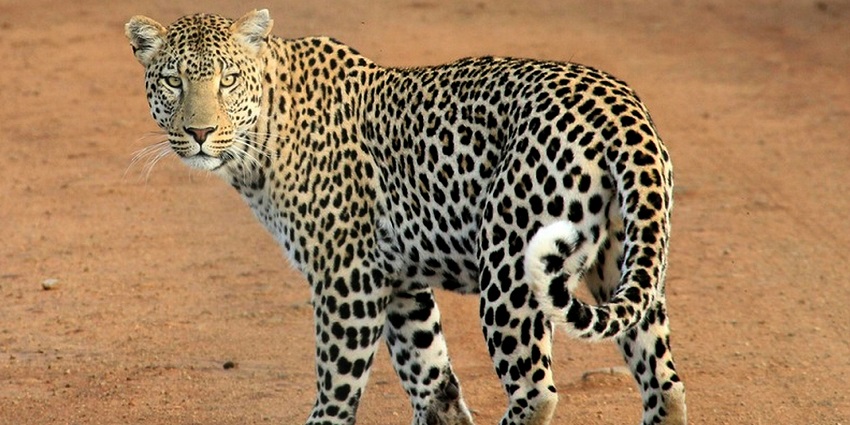
Photo: Pixabay / Pexels / Image For Representation Only
Katepurna Wildlife Sanctuary is located in the Akola district in Maharashtra, which has an area of 105 sq km. The Satpura range is moderately hilly, with much of the area covered by forests. This place is suitable for many species of wild animals and has become a good area for many wildlife lovers.
Suggested Read: Best Places To Visit In Akola
How To Reach Katepurna Wildlife Sanctuary

Photo: Belur Ashok / Wikimedia Commons / Image For Representation Only
By Road: Katepurna Wildlife Sanctuary is accessible via a network of roads connecting major cities. The nearest town, Akola, serves as a good starting point for travellers.
By Rail: The nearest railway station is Akola, which is situated around 45 kilometres away. It is easily accessible from other cities of Maharashtra through a proper network of roads.
By Air: The nearest airport is Nagpur Airport, located about 240 Km away from the depot area. From there, tourists can get a taxi or put themselves on a bus to get to the sanctuary.
Places To Visit In And Around Katepurna Wildlife Sanctuary
Here is a list of the top five places to visit in and around the Katepurna wildlife Sanctuary to make your trip a memorable one:
1. Katepurna Dam
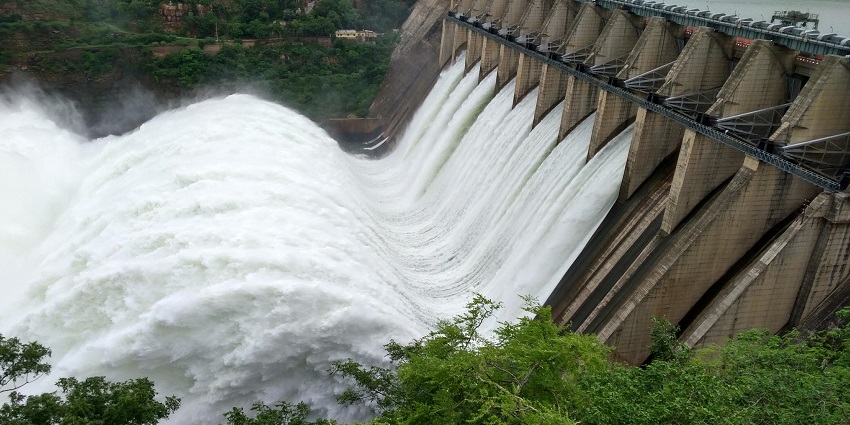
Photo: Mukthesh63 / Wikimedia Commons
Katepurna Dam was built by peasants for irrigation and drinking water. It is a beautiful place near Katepurna Wildlife Sanctuary and is surrounded by hills and forest areas. Tourists can observe birds and other animals, have picnics, and take photographs while getting a soothing nature experience. The dam’s construction creates a scenic view, especially during the rainy season, as the environment around the facility is full of green regression. The park is perfect for rejuvenation and family moments, thus ensuring visitors have a perfect nature break.
Timings: 24*7
Entry Fees: Free
Suggested Read: Great Indian Bustard Wildlife Sanctuary
2. Balapur Fort
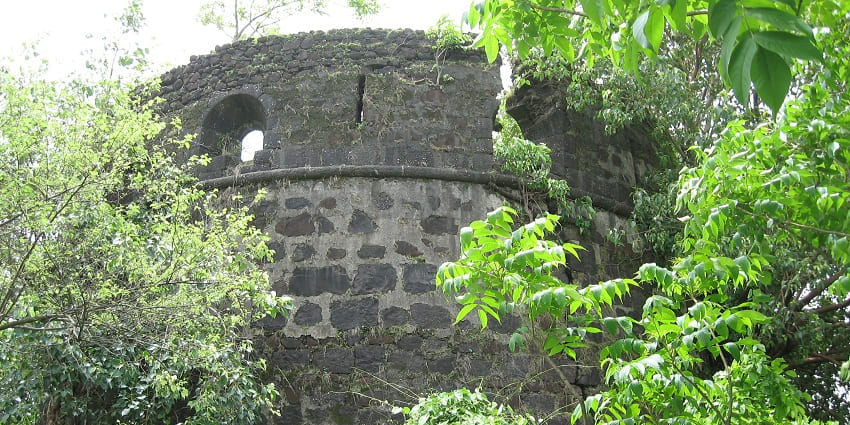
Photo: Nicholas (Nichalp) / Wikimedia Commons
This historic fort, built in the 17th century, features impressive architecture and offers insights into the region’s history. The fort’s strategic location provides panoramic views of the surrounding landscape. Exploring its ruins and learning about its historical significance makes for a captivating visit. The fort is close to the sanctuary and is also a great place to witness the local flora and fauna, adding to the historical allure of the site. The blend of nature and history makes Balapur Fort a must-visit for those interested in culture and heritage.
Timings: 8 AM to 6:30 PM
Entry Fees: Free
3. Narnala Fort
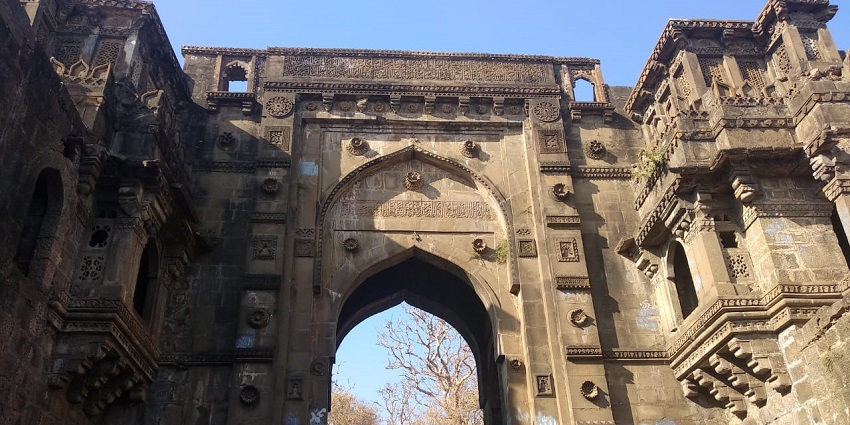
Photo: Sohan wankhade / Wikimedia Commons
Narnala Fort, perched atop a hill in the nearby Melghat region, is a historical fort that dates back to the 16th century. The fort offers panoramic views of the surrounding landscape and is surrounded by dense forests, making it a popular trekking destination. Narnala Fort is also a great spot for birdwatching, with various species inhabiting the area. Exploring this fort adds a touch of history and adventure to your visit to the sanctuary, making it a must-see for history buffs and nature lovers alike.
Timings: Sunrise to sunset
Entry Fees: Free
Suggested Read: Shivaji Maharaj Forts Testament Of Maratha Glory, Pride, Unwavering Resistance
4. Ajanta Caves
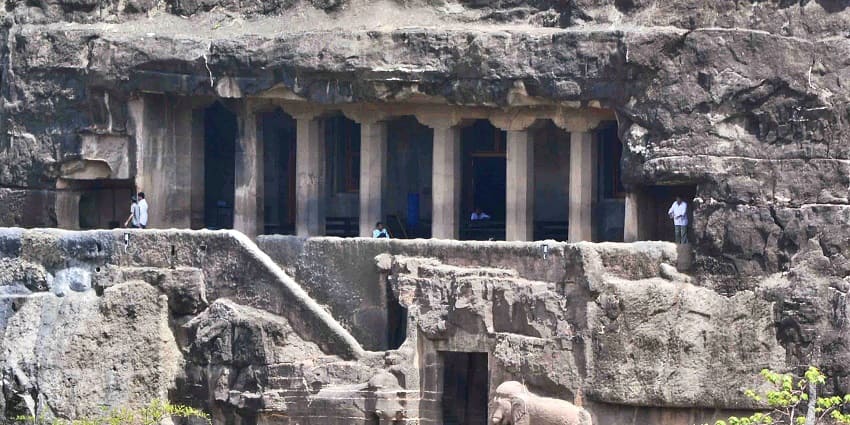
Photo: Anupamg / Wikimedia Commons
A UNESCO World Heritage Site, the Ajanta Caves are renowned for their rock-cut Buddhist architecture and stunning frescoes. These ancient caves are a popular tourist destination near Katepurna Wildlife Sanctuary and date back to the 2nd century BCE and showcase exquisite carvings and paintings depicting the life of Buddha. A visit to Ajanta provides a glimpse into India’s rich cultural and artistic heritage. The intricate artistry found within the caves reflects the skill and devotion of ancient artisans, offering visitors an extraordinary insight into historical Buddhism. The surrounding landscape enhances the experience, making it a perfect day trip destination.
Timings: 8 AM to 5 PM (Tuesday-Sunday), closed on Monday
Entry Fees: ₹10 for Indian visitors, ₹250 for foreign visitors
5. Chikhaldara Hill Station
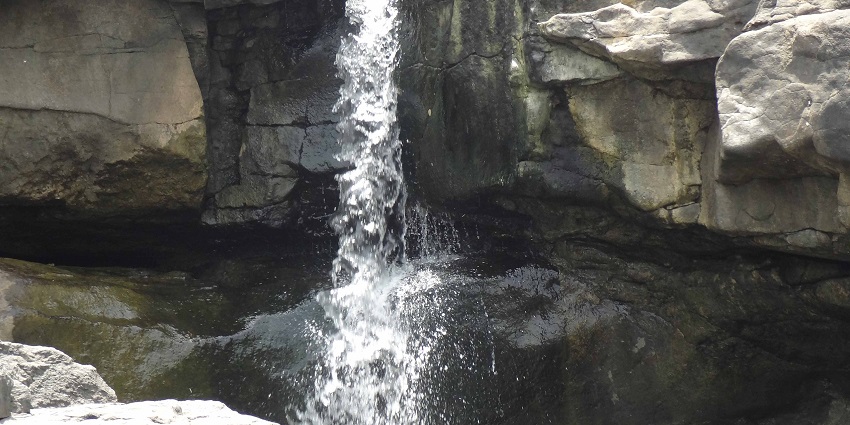
Photo: Vallabhdhootwtn / Wikimedia Commons / Image For Representation Only
Chikhaldara is a beautiful hill station near Katepurna Wildlife Sanctuary, known for its cool climate and stunning viewpoints. It is the only coffee-growing region in Maharashtra and offers picturesque landscapes, lush greenery, and beautiful waterfalls. Attractions like Devi Point and Bhimkund add to the charm, while the local wildlife, including leopards and sloth bears, make it a unique place for both nature lovers and adventure seekers. Chikhaldara is perfect for a peaceful getaway, offering both natural beauty and a rich history.
Timings: 24*7
Entry Fees: Free
Suggested Read: Explore Top Hill Stations Near Pune
Where To Stay
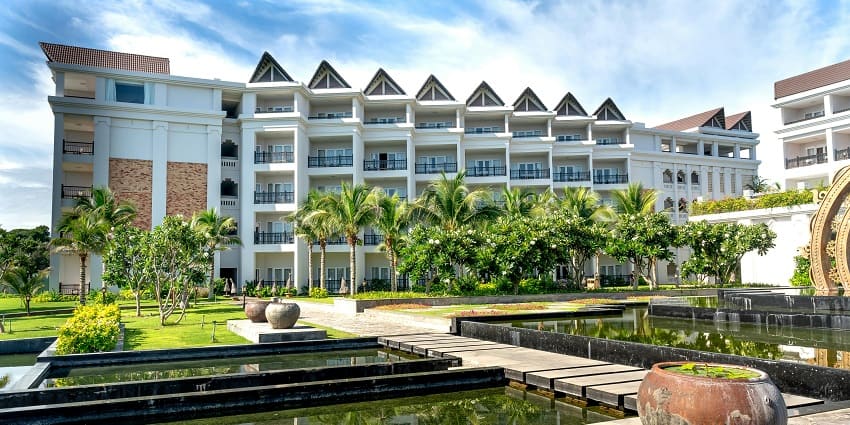
Photo: Quang Nguyen Vinh / Pexels / Image For Representation Only
Several accommodation options are available near the sanctuary, ranging from budget lodges to luxury resorts. Options include eco-friendly lodges within the sanctuary, offering a closer experience with nature, and hotels in Akola for convenient access to the park. Pre-booking is advised, particularly during the busiest times of the year, to ensure availability and get the best deals. Many accommodations also offer guided tours and wildlife safaris for a complete experience. Visitors can check out Hotel Jasnagra, Hotel Royal Inn, Hotel Sagar and Hotel Shree Shankar etc.
Best Time To Visit
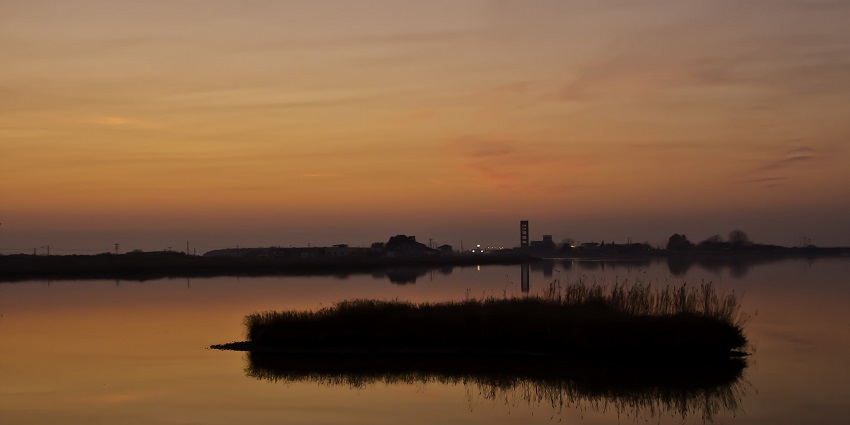
Photo: Agis Kothalis / Wikimedia Commons / Image For Representation Only
The best time to visit the sanctuary is from October to March, when the weather is pleasant for wildlife viewing and outdoor activities. The cool climate enhances the experience of exploring the sanctuary and its surroundings. During this period, visitors can spot various wildlife species, including deer, leopards, and numerous bird species. The lush green landscape and the abundance of water sources also make it an ideal time for photography enthusiasts. Plan your visit in these months for a comfortable and fulfilling wildlife adventure.
Suggested Read: Top Best Places To Visit Near Bhimashankar To Explore The Nature and Heritage Of Deccan
Other Factors To Consider

Photo: Elias Strale / Pexels / Image For Representation Only
Average Cost Of Trip
A trip to Katepurna Wildlife Sanctuary can range from ₹3,000 to ₹8,000 per person, depending on accommodation, transportation, and activities. Budget-friendly options, such as basic guesthouses and public transport, can lower the cost, while staying in eco-lodges or booking guided safari tours may increase it. Group travel can also help reduce expenses. It’s recommended to book in advance, especially during peak tourist seasons, to secure better deals and availability for accommodations and activities.
Tips For Travellers
- Carry binoculars and a camera for wildlife spotting to capture animals in their natural habitat.
- Dress in comfortable clothing and sturdy footwear for trekking and exploring the rugged terrain.
- Pack sunscreen, a hat, and insect repellent to stay protected during your outdoor adventures.
- Respect wildlife and follow sanctuary guidelines for a safe and responsible visit.
- Keep noise to a minimum to avoid disturbing the animals.
- Stay hydrated and carry snacks, especially if you plan on spending long hours in the sanctuary.
Katepurna Wildlife Sanctuary is a captivating destination for those seeking adventure and peace in nature. With its diverse wildlife, scenic landscapes, and rich cultural heritage, it offers a perfect escape from the hustle and bustle of city life. Plan your next trip with TripXL and explore the wonders of Katepurna Wildlife Sanctuary for a mesmerising trip and an unforgettable experience.
Cover Photo: HSGakola / Wikimedia Commons


 WhatsApp
WhatsApp
 Twitter
Twitter









